METHODS FOR SOLVING 2nd order DIFFERENTIAL EQUATIONS Instructor: Radu C. Cascaval
advertisement
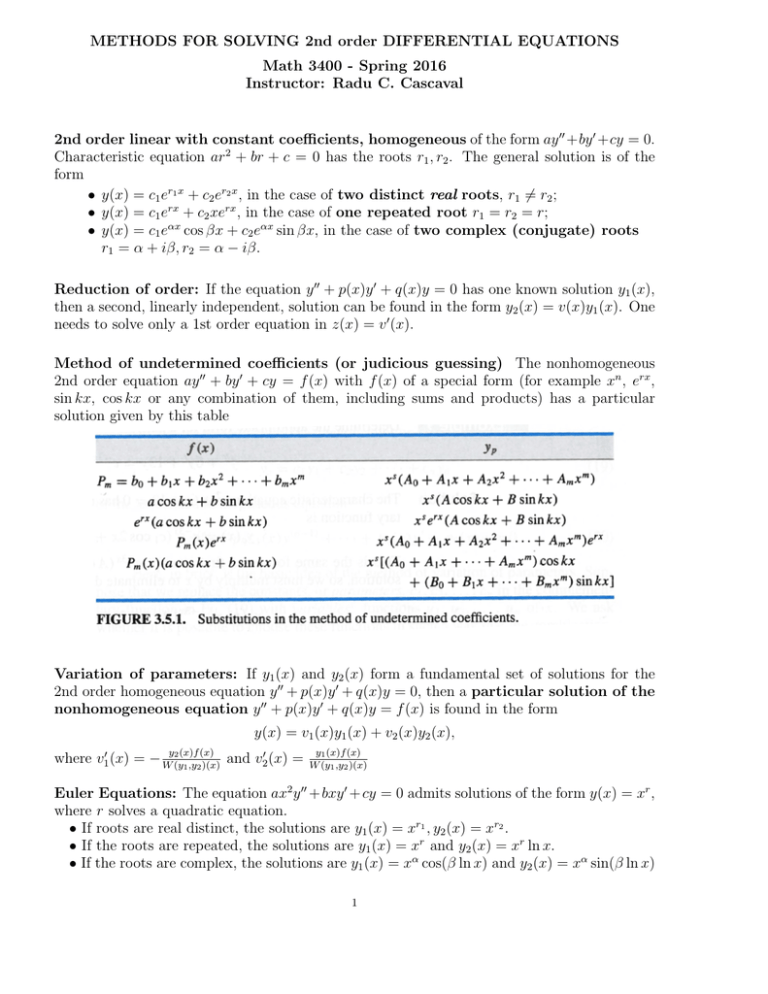
METHODS FOR SOLVING 2nd order DIFFERENTIAL EQUATIONS Math 3400 - Spring 2016 Instructor: Radu C. Cascaval 2nd order linear with constant coefficients, homogeneous of the form ay 00 +by 0 +cy = 0. Characteristic equation ar2 + br + c = 0 has the roots r1 , r2 . The general solution is of the form • y(x) = c1 er1 x + c2 er2 x , in the case of two distinct real roots, r1 6= r2 ; • y(x) = c1 erx + c2 xerx , in the case of one repeated root r1 = r2 = r; • y(x) = c1 eαx cos βx + c2 eαx sin βx, in the case of two complex (conjugate) roots r1 = α + iβ, r2 = α − iβ. Reduction of order: If the equation y 00 + p(x)y 0 + q(x)y = 0 has one known solution y1 (x), then a second, linearly independent, solution can be found in the form y2 (x) = v(x)y1 (x). One needs to solve only a 1st order equation in z(x) = v 0 (x). Method of undetermined coefficients (or judicious guessing) The nonhomogeneous 2nd order equation ay 00 + by 0 + cy = f (x) with f (x) of a special form (for example xn , erx , sin kx, cos kx or any combination of them, including sums and products) has a particular solution given by this table Variation of parameters: If y1 (x) and y2 (x) form a fundamental set of solutions for the 2nd order homogeneous equation y 00 + p(x)y 0 + q(x)y = 0, then a particular solution of the nonhomogeneous equation y 00 + p(x)y 0 + q(x)y = f (x) is found in the form y(x) = v1 (x)y1 (x) + v2 (x)y2 (x), 2 (x)f (x) where v10 (x) = − Wy(y and v20 (x) = 1 ,y2 )(x) y1 (x)f (x) W (y1 ,y2 )(x) Euler Equations: The equation ax2 y 00 + bxy 0 + cy = 0 admits solutions of the form y(x) = xr , where r solves a quadratic equation. • If roots are real distinct, the solutions are y1 (x) = xr1 , y2 (x) = xr2 . • If the roots are repeated, the solutions are y1 (x) = xr and y2 (x) = xr ln x. • If the roots are complex, the solutions are y1 (x) = xα cos(β ln x) and y2 (x) = xα sin(β ln x) 1


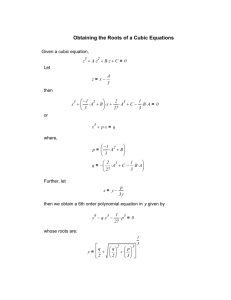
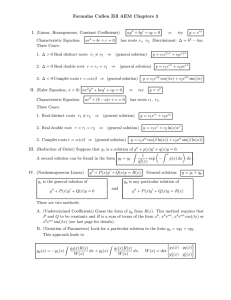



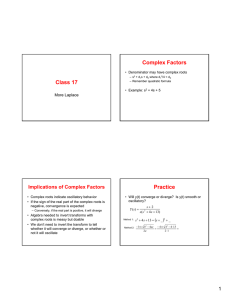
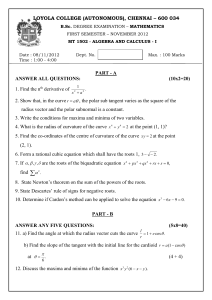
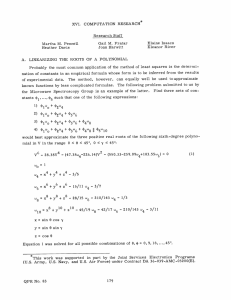
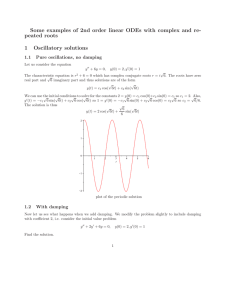
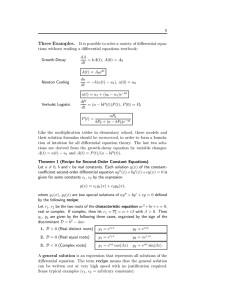
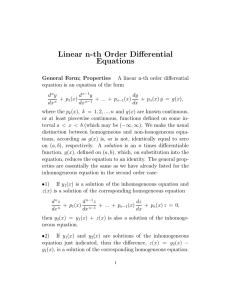
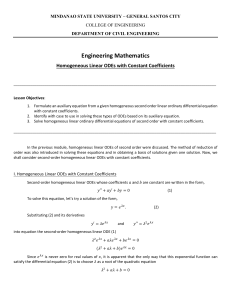
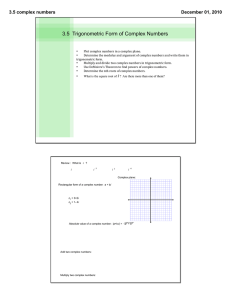
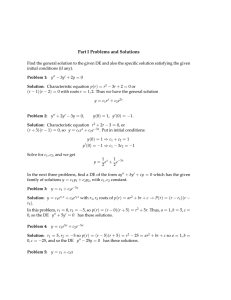
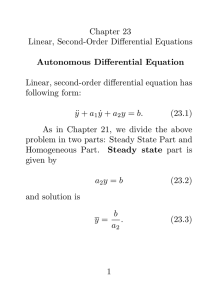
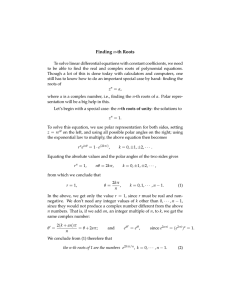
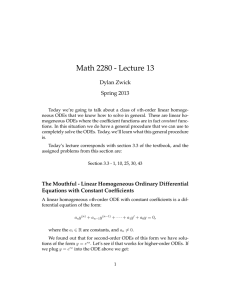
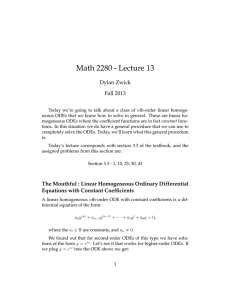
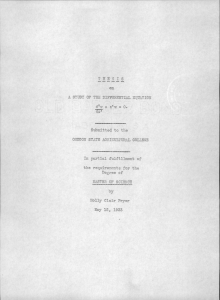
![2013] 1 Homogeneous Equations with Constant Coefficients](http://s2.studylib.net/store/data/011890661_1-d0aee8bebb75070aff94fabc9546abe6-300x300.png)